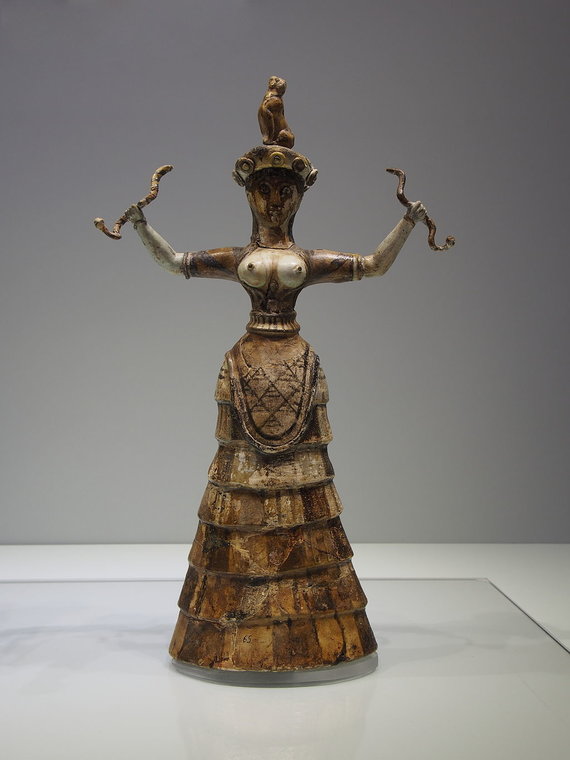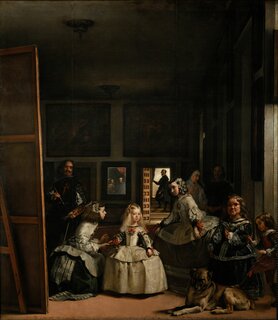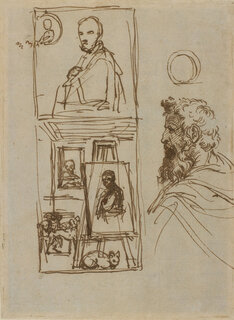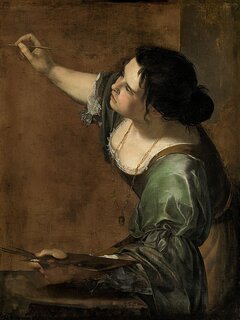
The statue, Woman or Goddess With Snakes, was discovered by archeologist Evan’s at the New Palace in a storage pit among apparent ceremonial objects. At the time the New Palace was considered the “flowering of Minoan art”, and the detail present in this particular figure is no exception. The statue is comprised of wood, ivory, precious metals, and stone. The figure displays a bare breasted woman wearing a typical Minoan skirt; arms outstretched grasping two golden asps. In his article “Snake Goddesses Fake Goddesses”, Kenneth Lapatin describes many of Evans initial findings. Fragments of as many as five statues were recovered from the dig sight, which Evan’s believed, were transferred from a damaged shrine and purposefully buried for antiquity. Neer suggests that Evan’s applied Victorian notions to pre-historic matriarchy; he called her a "Mother Goddess." He dubbed the smaller snake handler a "Priestess or Votary." Evans thought of the Minoan’s as “a rival to the ancient Oriental societies of Egypt and Mesopotamia, a precursor to the Golden age of Greece, and the earliest high culture of Europe.” It is clear that by the Archaic period (c. 7th BCE), Egyptian culture had influenced the stylization of Ancient Greek art as seen by recurring themes within the portrayal of the human figure.




